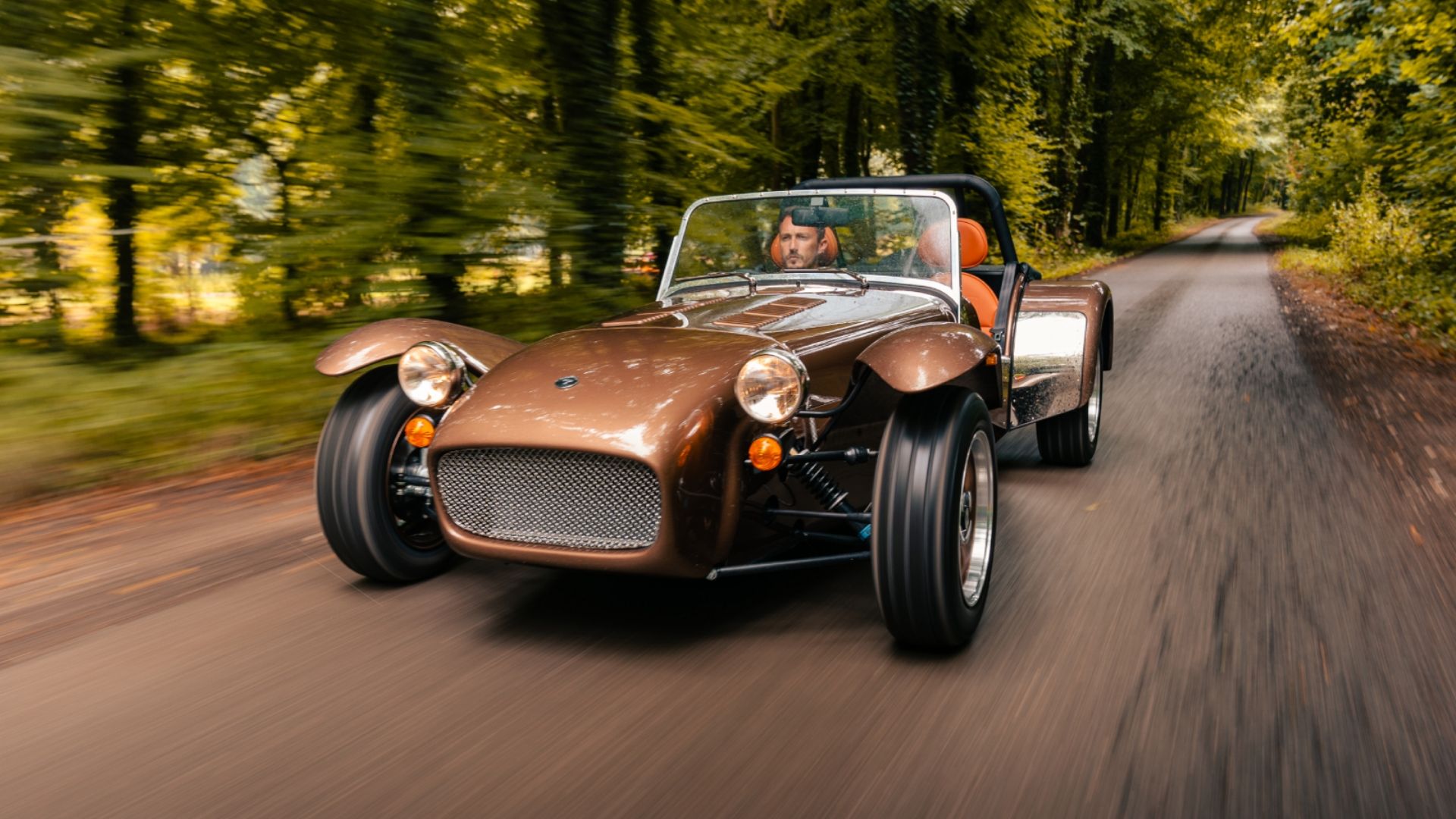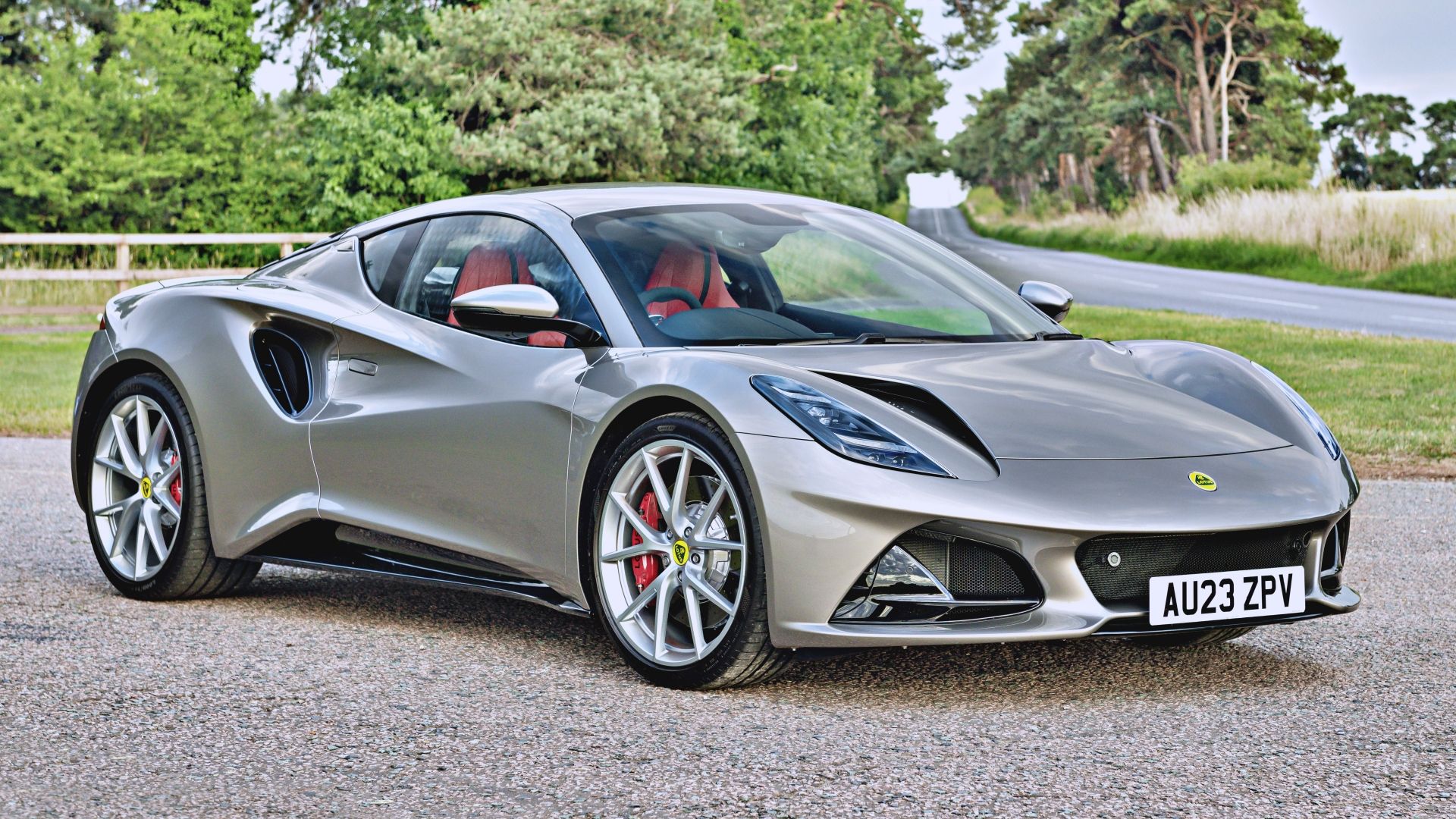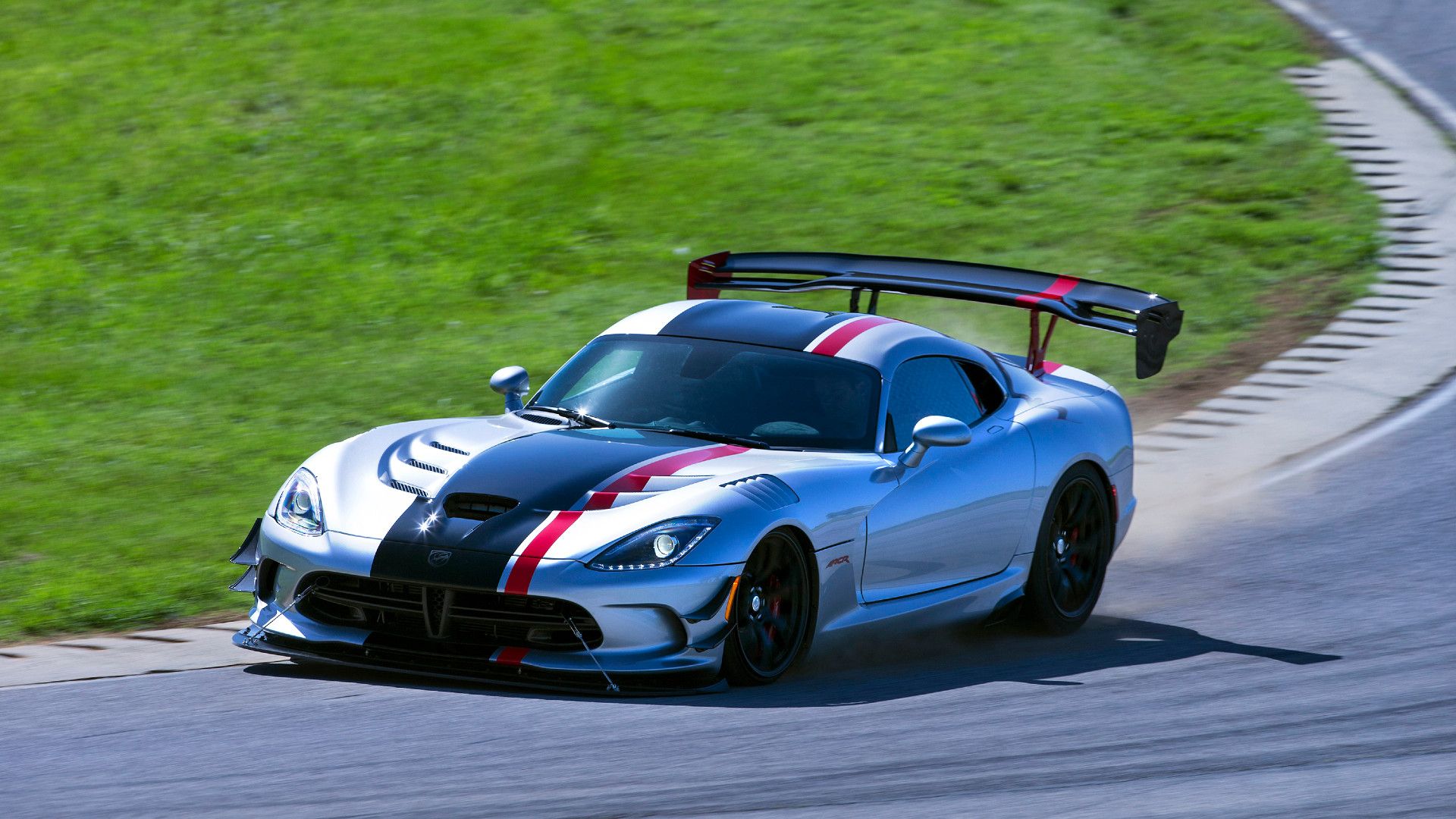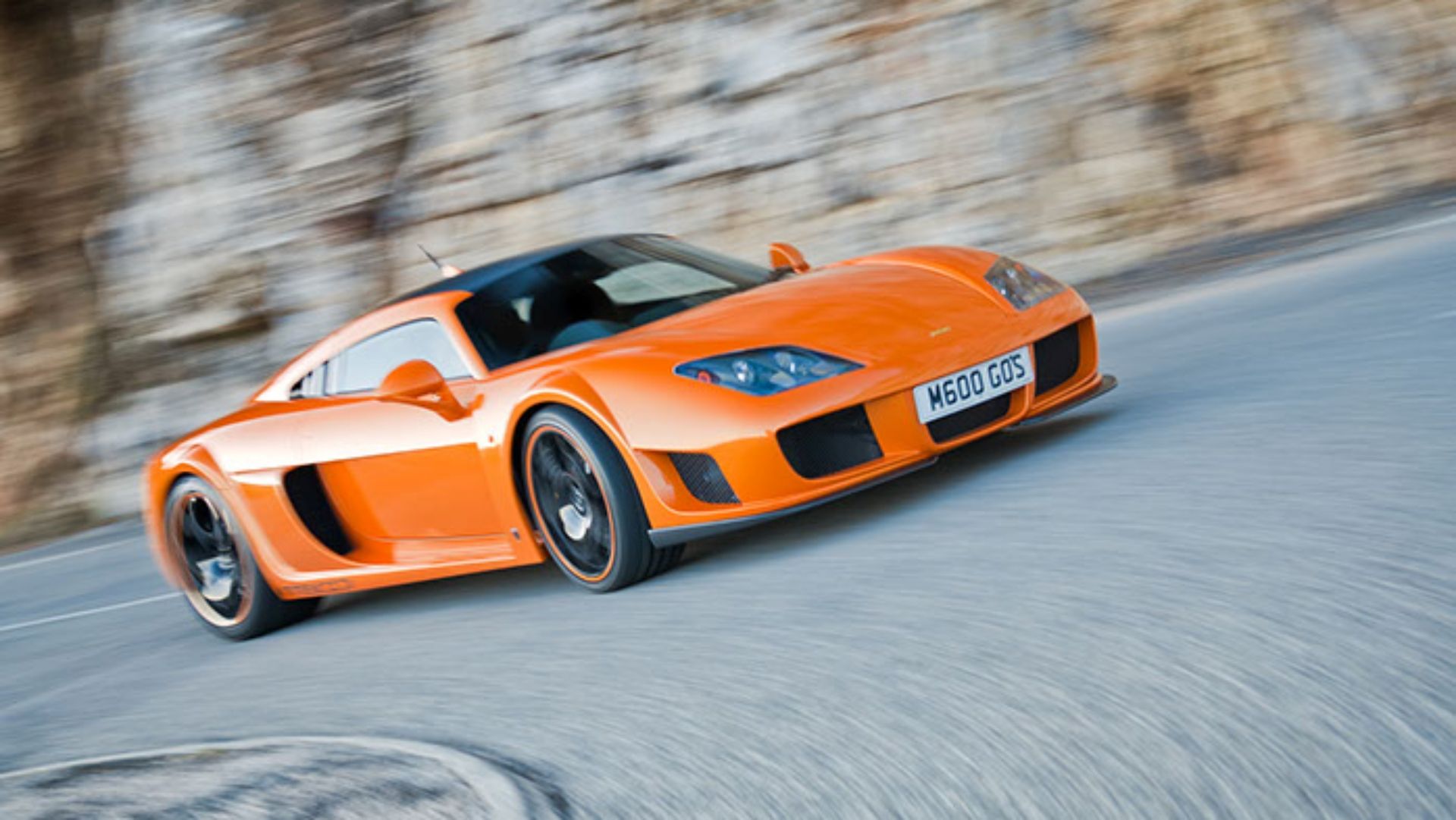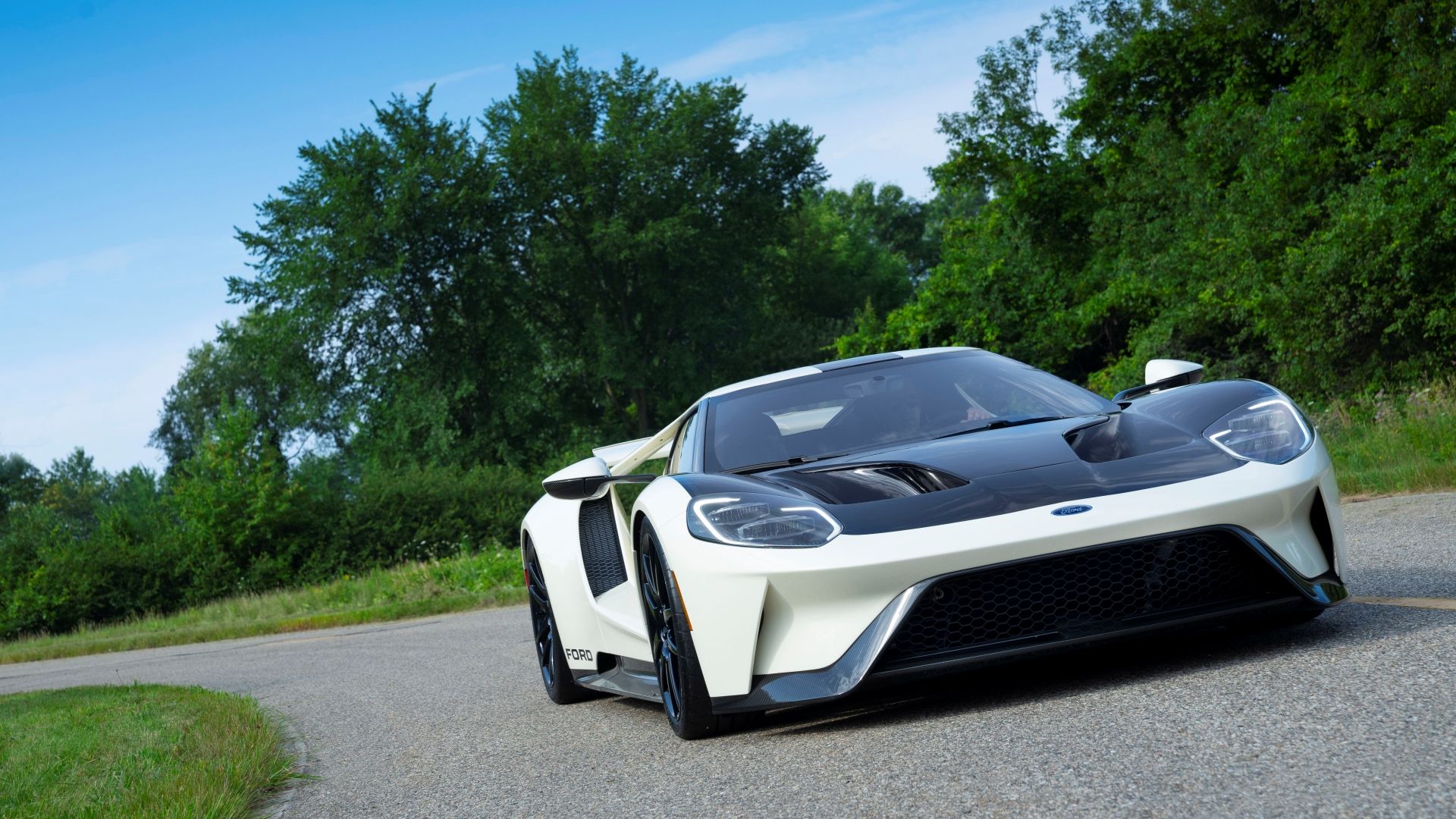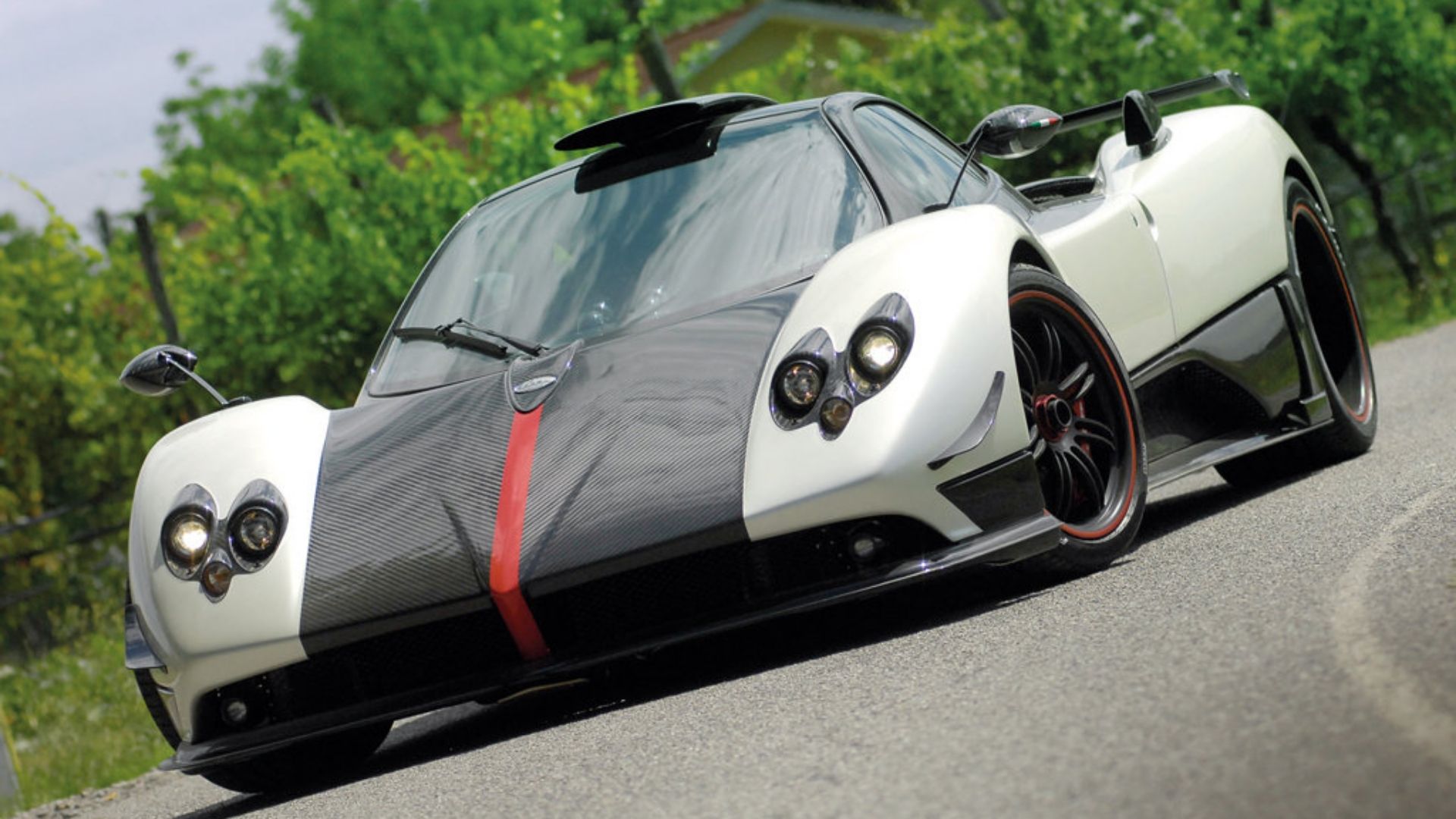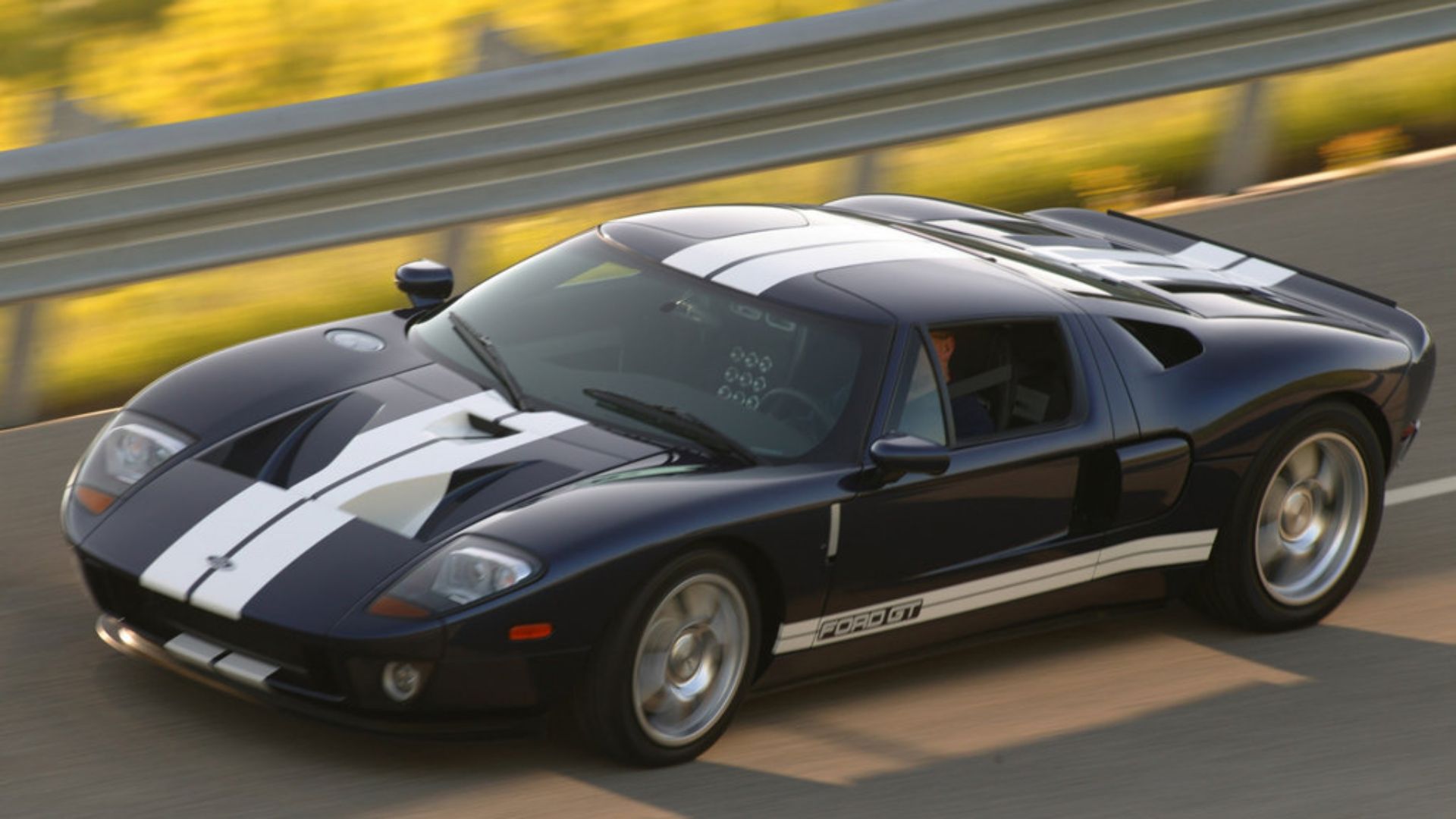Summary
- Cost-cutting and parts-sharing can lead to surprising results, as seen in these examples of supercars that have faster engines than the cars they originated from.
- Automakers often recognize when another manufacturer makes better parts, such as engines, and choose to incorporate them into their own vehicles. This shows the high performance and engineering capabilities of these shared engines.
- The power and performance of a car is not solely determined by its price or the prestige of the brand. Even affordable cars, like the Ford Fiesta, can have engines that are capable of propelling supercars to incredible speeds.
Cost-cutting and parts-sharing across manufacturers consumers a lot of the time. But in order for any product to sell, it has to be affordable to the majority of the market to be a success. While, yes there are niché automakers that seemingly have no difficulty selling $3 million one-of-five hypercars or money-no-object restoration/reimagining, but in almost all other cases, volume sales is still the name of the game. And cost-cutting doesn’t always mean a bad product.
There are cases when an automaker recognizes another manufacturer makes better parts than they do. Engines are a primary example. Being one of the most expensive parts of a car to develop, they are one of the most commonly shared components between cars and even between manufacturers. Sometimes in surprising degrees wherein a regular engine is found in unlikely vehicles.
Insane examples wherein engines from pedestrian cars power something more special than what the engine is originally found in. This is testament to how well-engineered and developed these engines are, when they are capable of producing performance past the common cars they propel. Here are ten examples of when supercars are faster than the cars their engines are originally found in.
10 Caterham Super 7
Ford Fiesta
The 7 started out as a sports car in the kit form originally conceptualized and built by none other than Mr. Lightweight himself, Colin Chapman. When Lotus ended production of the super lightweight sports car, Caterham Cars U.K. purchased the designs and rights from Chapman and continued to develop the car to what it is now, where no longer any parts are shared between the Lotus and Caterham-built cars.
Performance (Super Seven 2000)
|
Engine |
2.0 liter 16-valve naturally aspirated four-cylinder Ford Duratec |
|
Power |
177 horsepower |
|
Torque |
143 pound feet |
|
Transmission |
Five-speed manual; rear-wheel drive |
|
Zero-60 MPH |
4.8 seconds |
Throughout the years, the Caterham-built 7s have been powered by a number of engines, originally sold with a Lotus twin-cam. And then a Rover K-series before the company went under, then to a Cosworth developed Ford BDR engine. Nowadays though, the immensely track-capable 7 is powered by mostly a 2.0-liter 177-horsepower version of the Ford Duratec engines found in your off-the-mill Ford Fiesta. In some models, a more manageable 123-horsepower 1.6-liter version is supplied.
9 Lotus Emira
Toyota Camry V-6
The relationship between Lotus and Toyota has been a long-standing and well-documented one. With the history of Toyota’s legendary 2T-G engine tracing its heritage in competition against Lotus’ own twin-cam engine in the European formula and touring car races, their history runs deep. With the history of Lotus seemingly always at the brink of bankruptcy, arguably one of the best decisions they made was to partner with Toyota as their engine supplier for most of the 1990s up until their last internal combustion engine car, the Lotus Emira. Toyota’s reputation for reliability undoubtedly helped Lotus gain better traction in the international market.
Performance
|
Engine |
3.5 liter 24-valve supercharged Toyota V-6 |
|
Power |
400 horsepower |
|
Torque |
317 pound-feet |
|
Transmission |
Six-speed manual or automatic |
|
Zero-60 MPH |
4.0 seconds |
This isn’t to take shots at Lotus, but ironically, the “all-new” Lotus Emira, is powered by the same Toyota Camry-sourced 3.5-liter V-6 that was found in its predecessor, the Evora. In the Emira, the Toyota V-6 is in supercharged configuration as it was in the Evora GT making a similar 400-horsepower and 310-pound feet of torque.
8 Dodge Viper
Dodge Ram 2500
Dodge loves its trucks, that is for sure. So much so that it built and sold what is arguably the quintessential American sports car with the biggest engine they could fit under its hood and between its front wheels. Lamborghini, under Chrysler ownership at the time, had been asked to help build the engine for their then to-be monstrous sports car.
Performance (2017 Viper ACR)
|
Engine |
8.4 liter 20 valve naturally aspirated V-10 |
|
Power |
645 horsepower |
|
Torque |
600 pound feet |
|
Transmission |
Six-speed manual; rear-wheel drive |
|
Zero-60 MPH |
3.3 seconds |
Based on the Chrysler LA V-8 engine mostly found in Dodge’s heavy duty and commercial vehicles, the Viper’s 8.0-liter V-10 was optimized by Dodge and Lamborghini to produce 400 horsepower and 465-pound feet of torque in the first generation Viper in 1992! By the time Dodge had announced the end of their now iconic Viper in 2017, its engine had grown to 8.4-liters and made 645 horsepower and 600-pound feet of torque.
7 Nobel M600
Volvo XC90/S80
Not as mainstream as many of the supercars that are now seemingly common, Noble is a British low-volume car manufacturer that makes hand built sports cars. One of the few remaining manufacturers that offer a true lightweight analog supercar, the Noble M600 has been frequently likened to a Ferrari F40. And ten years ago, put in a driving test against the Mclaren F1, Porsche Carrera GT a Ferrari F50 and a Lamborghini Murcielago SV by none other than EVO magazine.
Performance
|
Engine |
4.4 liter 32-valve twin-turbocharged Volvo V-8 |
|
Power |
650 horsepower |
|
Torque |
604 pound feet |
|
Transmission |
Six-speed manual; rear-wheel drive |
|
Zero-60 MPH |
3.0 seconds |
Powered by the most unlikely of engines, the Nobel M600 makes 650-horsepower using a twin-turbocharged version of Volvo’s V-8 engine that is paired to a six-speed manual transmission. Starting life as a fairly tame 4.4-liter 310-horsepower engine intended for the Volvo XC90 and eventually the S80, finding itself in such a high performing supercar is definitely spectacular.
6 Ford GT
Ford F150 EcoBoost
Ford took some protest when they announced in 2015 that their iconic halo car would be powered by a twin-turbocharged V-6 instead of the traditional V-8 power it received in its previous two generations. And it didn’t take long to realize that the engine that was going to motivate Ford’s new supercar was based off the twin-turbocharged V-6 in its Ford F150 pick-up truck.
Performance
|
Engine |
3.5 liter 24-valve twin-turbocharged V-6 |
|
Power |
647 horsepower |
|
Torque |
550 pound feet |
|
Transmission |
Seven-speed dual clutch automatic with manual mode |
|
Zero-60 MPH |
2.9 seconds |
Over time and with another success at Le Mans, everyone warmed up to the idea of a V-6 Ford GT. With aggressive body styling and the performance to match its looks, the Ford GT hits 60 MPH in three seconds using its 3.5-liter EcoBoost V-6 that makes 647-horsepower and 550-pound feet of torque which should be enough to silence the critics.
5 Pagani Zonda
Mercedes-Benz 600 SEL
Known for its smooth operation and power delivery, it’s no wonder many ultra luxury cars and supercars opt for a V-12 engine. This was the case when Horatio Pagani, ex-Lamborghini designer, decided to start his own supercar company, he knew nothing less than a twelve-cylinder will do. With only a handful of manufacturers that made twelve-cylinders at the time, that was going to be a challenge. Especially when Ferrari and Lamborghini, the foremost manufacturers of V-12s were going to be the competition.
Performance (Zonda 760 RS)
|
Engine |
7.3 liter 48-valve naturally aspirated Mercedes-Benz V-12 |
|
Power |
738 horsepower |
|
Torque |
575 pound feet |
|
Transmission |
Six-speed semi-automatic; rear-wheel drive |
|
Zero-60 MPH |
2.6 seconds |
Pagani found the ideal engine supplier in Mercedes-Benz. Using the German manufacturer’s M120 6.0-liter V-12 that was found in the 600-series S-class luxury sedans and luxury coupes. Eventually the Mercedes supplied V-12 found themselves being reworked by AMG to bigger capacities, 7.0-liter and 7.3-liters in the succeeding versions of the Pagani Zonda making anywhere from 402-horsepower in the Zonda C12 to 789-horsepower in the final Zonda HP Barchetta.
4 JaguarSport XJR15
Daimler Double-Six
This one is confusing. The XJR-15 was built by JaguarSport. A company that was owned by Jaguar Cars and Tom Wilkinshaw Racing that developed and campaigned Jaguar’s most successful sports racing cars. The JaguarSport XJR-15 is a road version of the Le Mans winning XJR-9 that is forever engrained in our minds dressed in its purple and yellow Silk Cut racing livery.
Performance
|
Engine |
6.0 liter 24-valve naturally aspirated V-12 |
|
Power |
450 horsepower |
|
Torque |
420 pound feet |
|
Transmission |
Five-speed manual; rear-wheel drive |
|
Zero-60 MPH |
3.9 seconds |
Even more confusing, the V-12 engine with roots going back as far as 1972 shares its name with the car it was sold in; the Daimler Double-Six. This engine was also used for the Jaguar XJS and the V-12 series 3 E-Types from 1975. Heavily reworked to by TWR to handle the rigors of the 24 Hours of Le Mans, they managed to get the old V-12 to reliably make 450-horsepower out of 6.0-liters.
3 Ford GT (2005)
Ford F150
2017 wasn’t the first time Ford used the engine from an F150 in a Ford GT. In 2004 Ford created unprecedented hype when it announced the new GT even if it lacked the “40” in its name. Then, the most expensive car to carry the blue oval badge, it had to be the best there was. Magazines in-period unsurprisingly compared the Ford GT to the Ferrari 360 Modena as a call-back to Ford’s 1966 Le Mans win over the Italian automaker.
Performance
|
Engine |
5.4 liter 32-valve supercharged V-8 |
|
Power |
550 horsepower |
|
Torque |
500 pound feet |
|
Transmission |
Six-speed manual; rear-wheel drive |
|
Zero-60 MPH |
3.3 seconds |
Powered by a 5.4-liter version of Ford’s modular V-8, an engine that could then be found in many of the 90s Ford trucks and vans, the Ford GT made 550-horsepower using higher performing cylinder heads and a screw-type supercharger that helped the American supercar take the fight to its European competition once again.
2 McLaren F1
BMW 750iL
The Mclaren F1 needs no introduction. A quote from its designer-engineer, Gordon Murray’s notes before development work even started says, “no compromise, no plastic, three-seat layout, use F1 technology to create ground effect, automatic retractable aero devices, composite monocoque and body, survival cell à la F1, F1 engine, six-speed transaxle, carbon clutch, electronic differential, 200mph-plus top speed, more than 1g in lateral acceleration, F1 push- or pull-rod suspension, carbon brakes, pedal, steering and gear-change position to suit buyer…”. These are features and technologies unheard of for a road car up until recent years!
Performance
|
Engine |
6.0 liter 48-valve naturally aspirated BMW V-12 |
|
Power |
618 horsepower |
|
Torque |
479 pound feet |
|
Transmission |
Six-speed manual; rear-wheel drive |
|
Zero-60 MPH |
3.2 seconds |
So when it came time to select an engine, the specifications were as precise and exact as everything else. Specifying naturally aspirated big displacement, twelve-cylinder, with 550 horsepower that revs to seven thousand five hundred rpm and not longer than 600 millimeters and no heavier than 250-kilograms. Luckily, BMW had the engine from its 750iL luxury sedan to start with.
1 Toyota Supra (JGTC GT500 Race Car)
Toyota Celica/Toyota MR2
While this isn’t a road car like the rest on this list, it is one of the least known under this topic. When the legendary Mk4 Toyota Supra is mentioned amongst enthusiasts it is always accompanied by reverence for its equally legendary 2JZ-GTE engine. What many don’t know is that the most iconic Supra didn’t even bother with a 2JZ because of one downside; its weight.
Performance
|
Engine |
2.0 liter 16-valve turbocharged four-cylinder |
|
Power |
480 + horsepower |
|
Torque |
NA |
|
Transmission |
Hewland Six-speed sequential; rear-wheel drive |
|
Zero-60 MPH |
NA |
The Castrol-Tom’s Supra competed in the GT500 class of the All-Japan GT Championship series against the likes of the Pennzoil-Nismo R34 GTR and even a Lamborghini Diablo GTR and a Porsche 911 GT2. Tom’s who were then also campaigning a Celica in the World Rally Championship wearing the same livery decided that the lighter 3S-GTE from the rally-going Celica was a better option.
Source
https://www.topspeed.com/go-fast-cars-with-engines-from-regular-cars/


